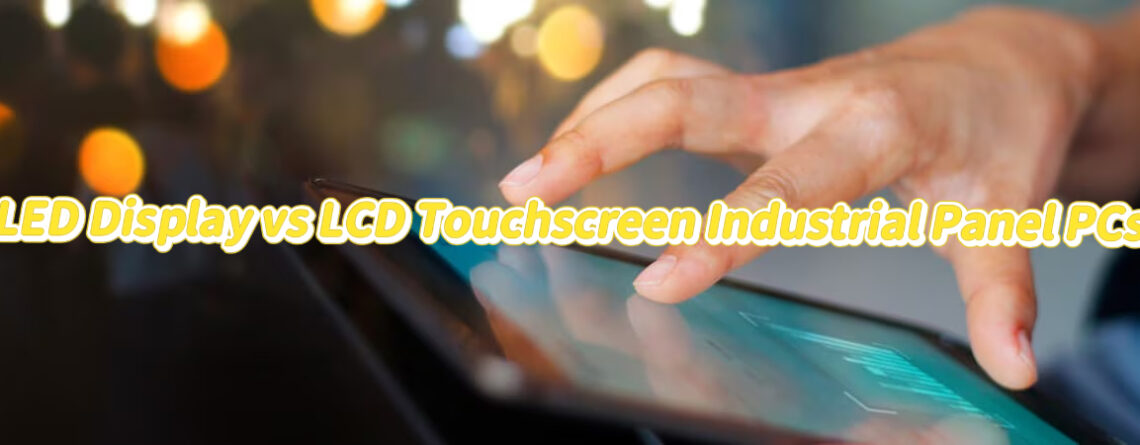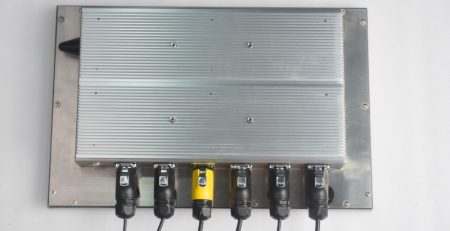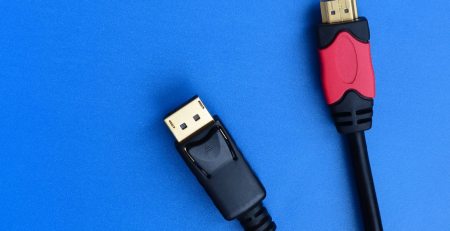With continuous social development, LED and LCD Touchscreen Industrial Panel PCs as two mainstream display technologies in today’s market have been widely applied across various fields of work and life. We will delve into the distinctions between LED displays and LCD touchscreen industrial panel computers in terms of core technologies, key performance metrics, and application scenarios.
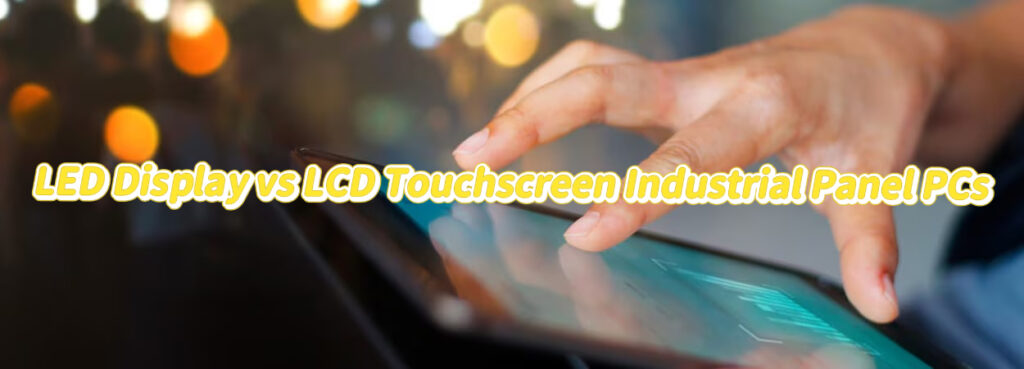
I. Structure and Core Display Principles
- LED Displays:
Primarily composed of cabinets, cables, cooling fans, control systems, modules, and power supplies. Its core lies in self-emission—utilizing light-emitting diodes (LEDs) to generate light autonomously without backlighting, enabling ultra-thin designs. - LCD Touchscreen Industrial Panel Computers:
Consist of protective housing, display modules (including liquid crystal layer, color filters), touch-sensitive layer, core hardware, and interface systems. Their illumination relies on a backlight system and light modulation through the liquid crystal layer—where a backlight (typically LEDs) emits white light that passes through liquid crystals. Under electric fields, liquid crystal molecules realign to selectively allow light transmission, collaborating with color filters to form images. This structure (containing backlight modules and filters) typically results in greater thickness than self-emissive LED displays.
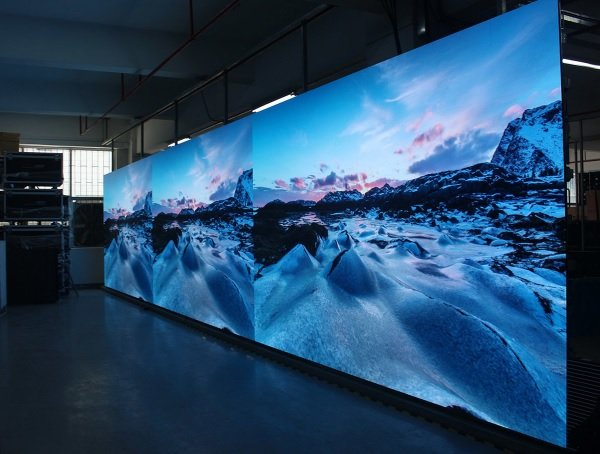
II. Comparison of Key Performance Parameters
1. Brightness
- LED Displays:
Typical brightness range: 3,500-5,500 cd/m² (nits). Exceptionally suitable for bright environments and outdoor applications. - LCD Touchscreen Industrial Panel PCs:
Typical brightness range: 250-3,000 cd/m² (nits) (high-end models reaching 3,000 nits). Better suited for indoor or non-direct-sunlight environments. Selected high-brightness models (1,000+ nits) with anti-glare coatings (Customizable AG/AF/AR coatings available from Goldenmargins; details via email: sales@goldenmargins.com) deliver clear visibility in outdoor or high-ambient-light conditions. Achieving high brightness in LEDs typically requires higher power consumption and costs.
2. Contrast Ratio
- LED Displays:
Up to 20,000:1 (pixels can fully deactivate to achieve true black). - LCD Touchscreen Industrial Panel PCs:
Typically around 3,000:1. Backlight bleeding may cause black levels to appear grayish.
3. BrightnessViewing Angle
- LED Displays:
Typically ≥160° with minimal color shift. - LCD Touchscreen Industrial Panel PCs:
Nominally up to 178°, but color saturation and contrast ratio degrade progressively at off-axis angles.
4. Response Time
- LED Displays:
Nanosecond-level (direct current-driven pixel activation/deactivation with negligible physical latency). - LCD Touchscreen Industrial Panel PCs:
Millisecond-level (requires liquid crystal molecule realignment time under persistent backlight illumination).
Resolution & Pixel Density
5. Resolution & Pixel Density
- LCD Touchscreen Industrial Panel PCs:
Typically feature higher pixel density (e.g., 1920×1080 or greater), ideal for close-range display of complex graphics, fine text, or high-precision data. - LED Displays:
May exhibit coarser image granularity when viewed at close range due to larger pixel pith.
6. Color Uniformity
- LCD Touchscreen Industrial Panel PCs:
Backlight layer combined with liquid crystal filtration ensures superior color consistency, ideal for scenarios demanding strict color management (e.g., quality inspection, medical imaging).
7. Environmental Adaptability
- Temperature:
LCD Touchscreen Industrial Panel PCs typically operate at -20℃ to 60℃ (*Customizable -30℃ to 80℃ by Goldenmargins; details via email: sales@goldenmargins.com*). Standard LED displays may experience response lag at low temperatures and brightness degradation under high temperatures. - Ingress Protection:
LCD Touchscreen Industrial Panel PCs models commonly achieve IP65/IP67 certification (Custom IP ratings available from Goldenmargins; details via email: sales@goldenmargins.com). Sealed construction effectively prevents dust/water ingress. LED displays risk dust accumulation in inter-module seams, compromising visual performance.
8. Reliability & Lifespan
- LED Displays:
Prone to dead pixels; high-brightness models require active cooling (fans introduce noise/dust accumulation risks); burn-in risk with static content (especially OLED variants). - LCD Touchscreen Industrial Panel PCs:
Backlight lifespan ≈ 50,000 hours before aging; higher sensitivity to extreme temperature/humidity; passive cooling reduces failure points.
9. Power Consumption
- For mid/small-sized displays at equivalent brightness, LCD Touchscreen Industrial Panel PCs typically consume lower power than LED displays when rendering static content, making them preferable for battery-powered or mobile deployments.
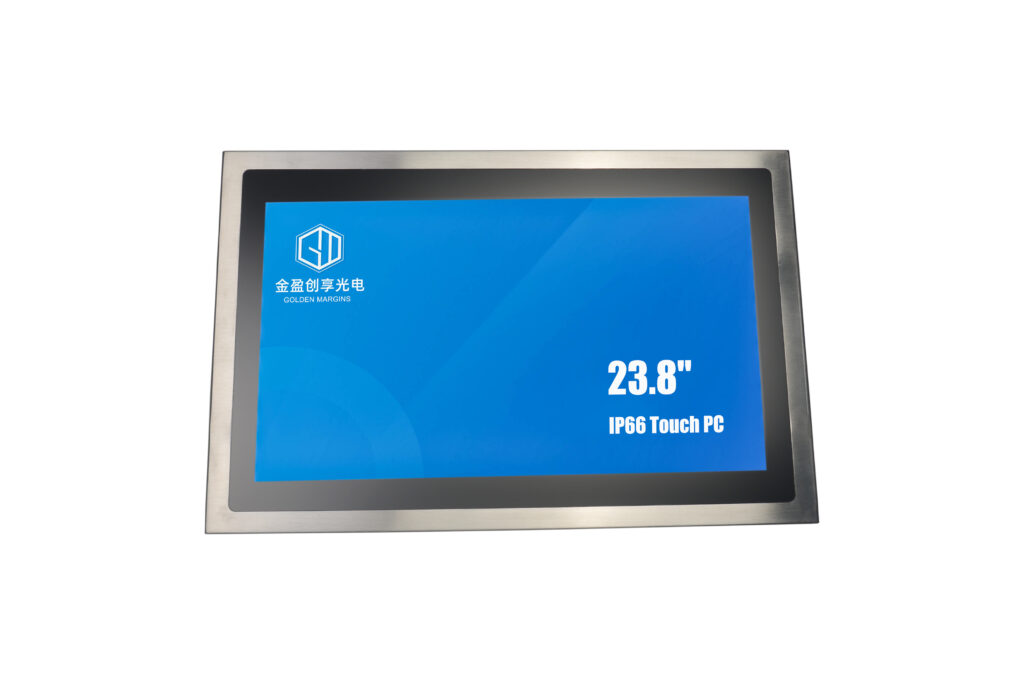
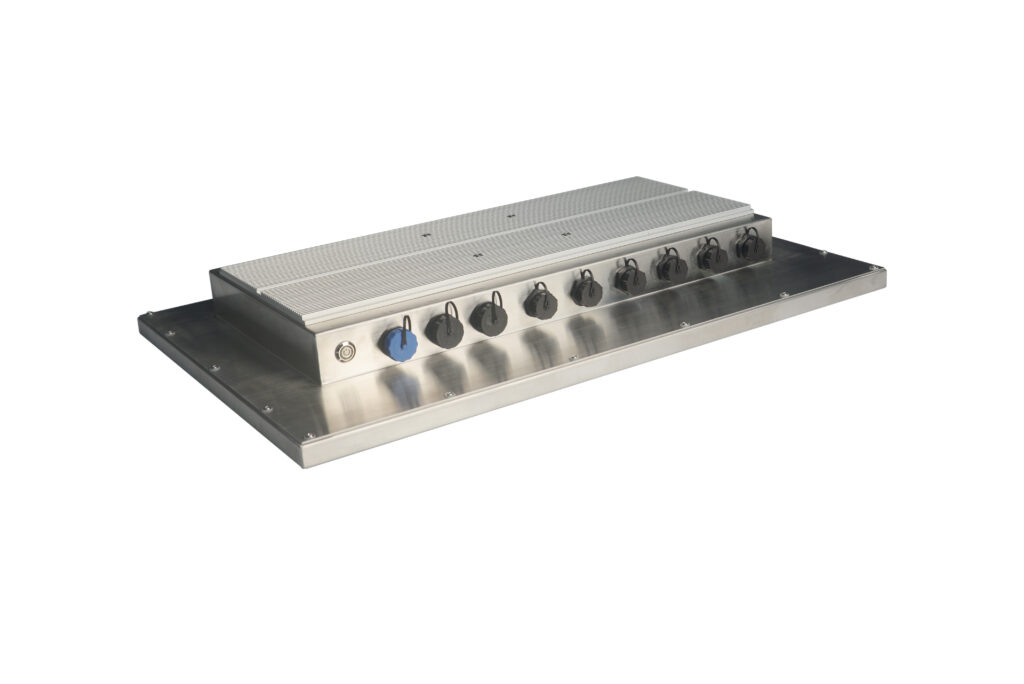
III. Touch Function Implementation
1. LED Displays:
- Require retrofitted touch overlays (e.g., infrared frames), with direct integration being complex (exceptions like floor-tile displays with embedded sensors). Better suited for large-scale interactive digital signage or advertising screens.
2. LCD Touchscreen Industrial Panel PCs:
- Employ integrated overlay sensors (resistive/capacitive screens) or infrared frames. Deliver superior touch precision with native resistive/capacitive integration, supporting glove/stylus operation and multi-touch functionality (Custom multi-touch solutions available from Golden Vision Optoelectronics; details: [protected]). Excels in applications demanding precision like handwriting input, making it ideal for industrial human-machine interfaces (HMI).
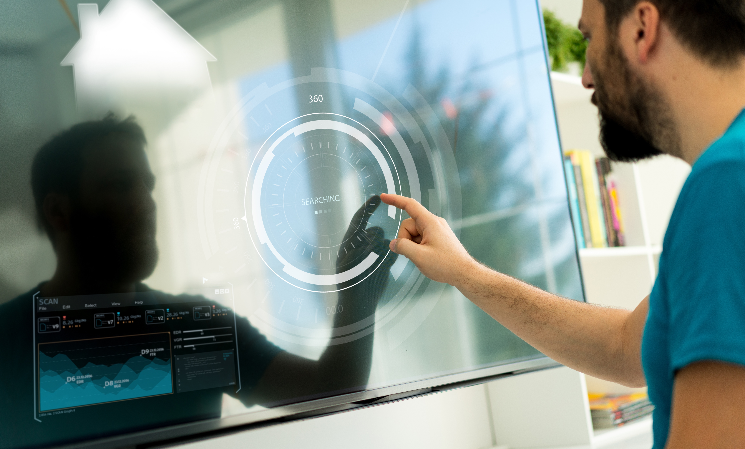
IV. Core Functionality & Application Scenarios
1. LCD Touchscreen Industrial Panel PCs:
- Feature integrated computing units (industrial-grade CPU/GPU) with comprehensive I/O interfaces (RS-232/485, CAN bus, etc.), capable of directly running control software. Support custom OS (Windows/Android/Linux) and industrial communication modules (Goldenmargins offers modular expansions: GPIO, PoE, 4G, WiFi, GPS, RFID; details via email: sales@goldenmargins.com). Available in 8″-21″ standard sizes (custom larger sizes available; details via email: sales@goldenmargins.com), ideal for embedded deployment.
2. Core Application Comparison:
- LED Displays Excel in:
(1) Outdoor/high-ambient-light scenarios (billboards, stadiums)
(2) Large-scale seamless video walls
(3) Dynamic content display (concerts, advertising, live events)
(4) Long-distance information dissemination (non-interactive) - LCD Touchscreen Industrial Panel PCs Excel in:
(1) Production line controls, medical device interfaces, vehicle consoles, warehouse management (interactive display)
(2) Indoor control rooms, industrial equipment (high-resolution for close viewing)
(3) Budget-constrained applications (significant cost advantage, mature technology)
(4) Persistent static content display (no burn-in risk)
V. Conclusion
LED displays remain irreplaceable for outdoor/large-scale dynamic applications due to ultra-high brightness, seamless tiling, and superior contrast/response from self-emission. LCD touchscreen industrial panel PCs dominate in high-resolution precision interaction, industrial integration, environmental robustness (IP rating/wide temp.), cost efficiency, and static display reliability, making them the preferred solution for industrial control, medical, and vehicular HMIs.


